Stunning Learning Losses Persist Across America
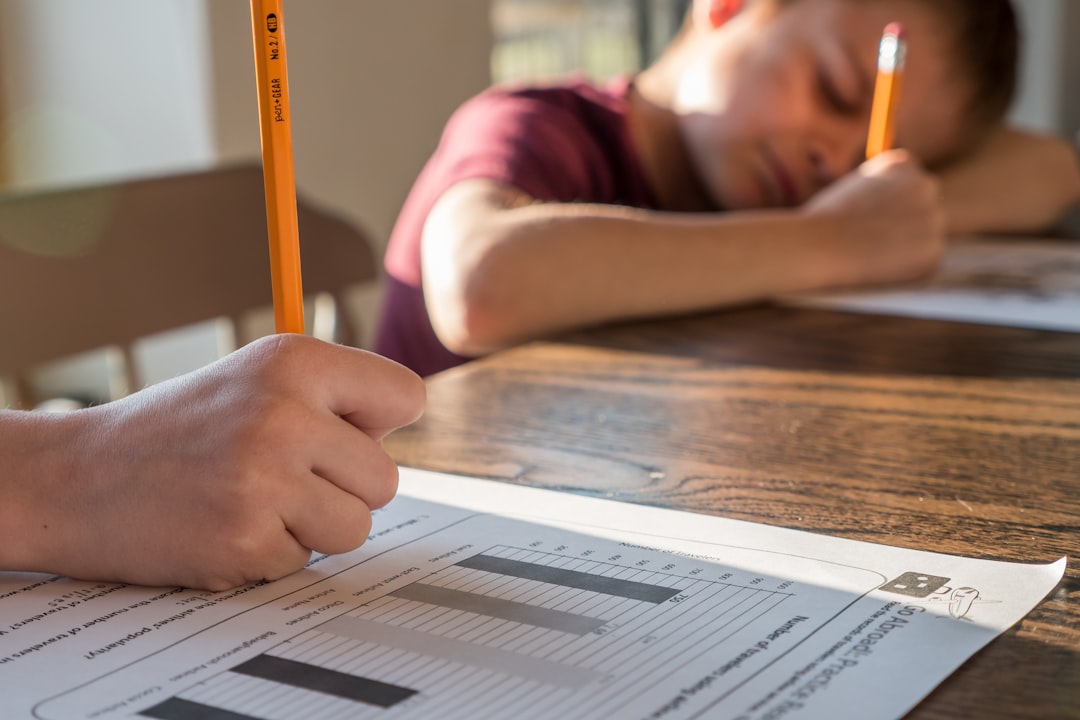
Something shocking is happening in American classrooms right now, and the numbers tell an alarming story. Average reading scores dropped 5 points for both 4th and 8th graders from 2019 to 2024, while math scores dipped 3 points for 4th graders and 8 points for 8th graders between 2019 and 2024. Think about what this means – these aren’t just abstract statistics, they represent millions of kids who can’t read at grade level or solve basic math problems. Nearly five years after the COVID-19 pandemic, the nation is below its 2019, or pre-pandemic, scores in both grades and subjects on The Nation’s Report Card. The pandemic didn’t just disrupt education temporarily; it created wounds that are still bleeding. Only two states have managed to surpass their pre-pandemic scores in a single grade and subject: Louisiana in 4th grade reading and Alabama in 4th grade math.
The Achievement Gap Is Widening Into a Chasm

On a 500-point scale, the lowest-performing students generally score about 100 points below the highest-performing students in 2024. Picture this: while some kids are reading complex novels, others are struggling with basic sentences. The huge pandemic learning losses for students in the bottom 10 percent grew 70 percent larger between 2022 and 2024, while learning losses for students in the bottom 25 percent grew 25 percent larger. It’s like watching America split into two different countries – one where education thrives and another where it barely survives. Lower-performing fourth and eighth graders posted the worst reading scores in over 30 years. The students who need help the most are falling further behind than ever before in modern history.
Teacher Shortage Crisis Hits Devastating Numbers
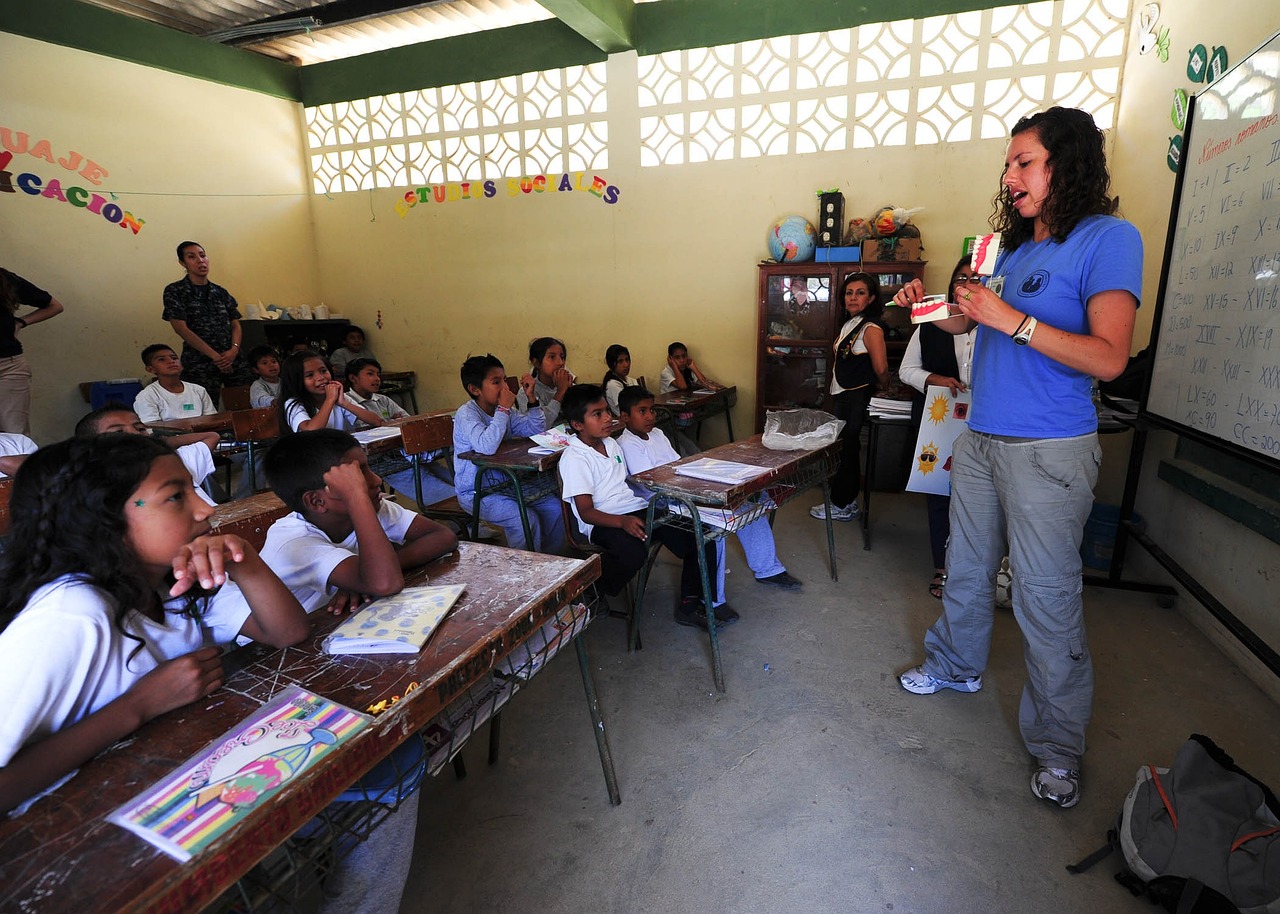
The teacher shortage has reached levels that would shock most Americans. An estimated 400,000-plus teaching positions in the United States are either unfilled or filled by teachers not fully certified for their assignments, representing about 1 in 8 of all teaching positions nationally. That means if you walked into eight random classrooms, one would likely have an unqualified teacher. A whopping 74% of districts had trouble filling their open positions for the 2024-25 school year, with special education, science, and foreign language positions most likely to go unfilled. Florida leads the crisis with over 5,000 vacancies, the highest demand in the nation. When schools can’t find qualified teachers, kids suffer – it’s that simple.
Money Talks: Education Spending Reaches Historic Highs

K-12 public schools spend $17,277 per pupil, with nationwide public K-12 expenditures totaling $857.2 billion. To put that in perspective, that’s more money than many countries’ entire economies. Total public expenditures on education are equivalent to 3.67% of taxpayer income. Yet despite this massive investment, test scores continue falling. New York schools spend the most on K-12 education per pupil, while California spends the most on postsecondary education. The question haunting educators and taxpayers alike is simple: if we’re spending record amounts, where’s the improvement? Money alone clearly isn’t solving our education crisis.
College Enrollment Drops as Students Rethink Higher Education

College enrollment totaled 19.28 million undergraduate students nationwide in Fall 2024, down 8.43% from peak enrollment in 2010 (21.0 million), though projections indicate slightly higher enrollment for Fall 2025 undergraduate enrollment (19.57 million). This isn’t just a pandemic blip – it’s a fundamental shift in how young Americans view college. 62.0% of high school graduates go on to postsecondary study, but enrollment among new high school graduates has declined 11.6% since its peak in 2009 (70.1%). Students are voting with their feet, choosing alternatives to traditional four-year degrees. 45 states have seen a decline in postsecondary enrollment since 2010, with Iowa and Alaska seeing the largest declines at 47% and 42.1% respectively. The college-for-everyone mentality is cracking under pressure.
Educational Attainment Still Rises Despite Challenges

Here’s some good news buried in the data: Between 1993 and 2023, educational attainment skyrocketed among adults aged 25 and older, with a 74.9% increase in college graduates and high school completion increasing 14.0%. Currently, 91.4% of Americans aged 25 years and older have attained at least a high school diploma; 38.3% are college graduates. This shows incredible progress over decades. 49.1% of students who entered a bachelor’s program in 2016 had a degree four years later, and 64.6% had their bachelor’s degree within six years of entry. Despite current challenges, America continues producing more educated adults than ever before. The gender gap in education has also shifted dramatically, with women now earning more degrees than men.
Reading Scores Hit Rock Bottom Nationwide
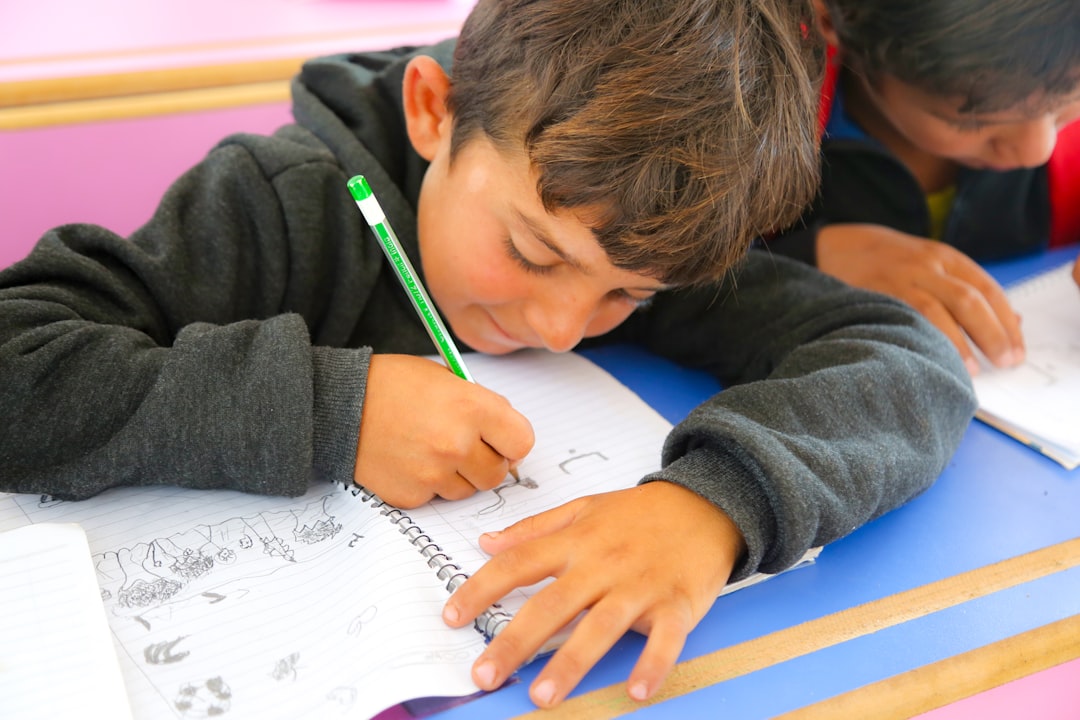
The reading crisis deserves its own spotlight because it’s that serious. Average reading scores fell 2 points for both grades 4 and 8 just since 2022, continuing a downward trend that began in 2019. Think about kindergarteners who started school during the pandemic – they’re now fourth graders, and their reading scores show the damage. Fewer than a third of students nationwide are working at the NAEP Proficient level in reading at both grades, with around 40 percent of 4th graders working below the NAEP Basic level in reading, the largest percentage since 2002. Reading isn’t just one subject – it’s the foundation for everything else. When kids can’t read well, they struggle in science, social studies, and even math word problems.
Math Shows Glimmers of Hope Amid the Gloom
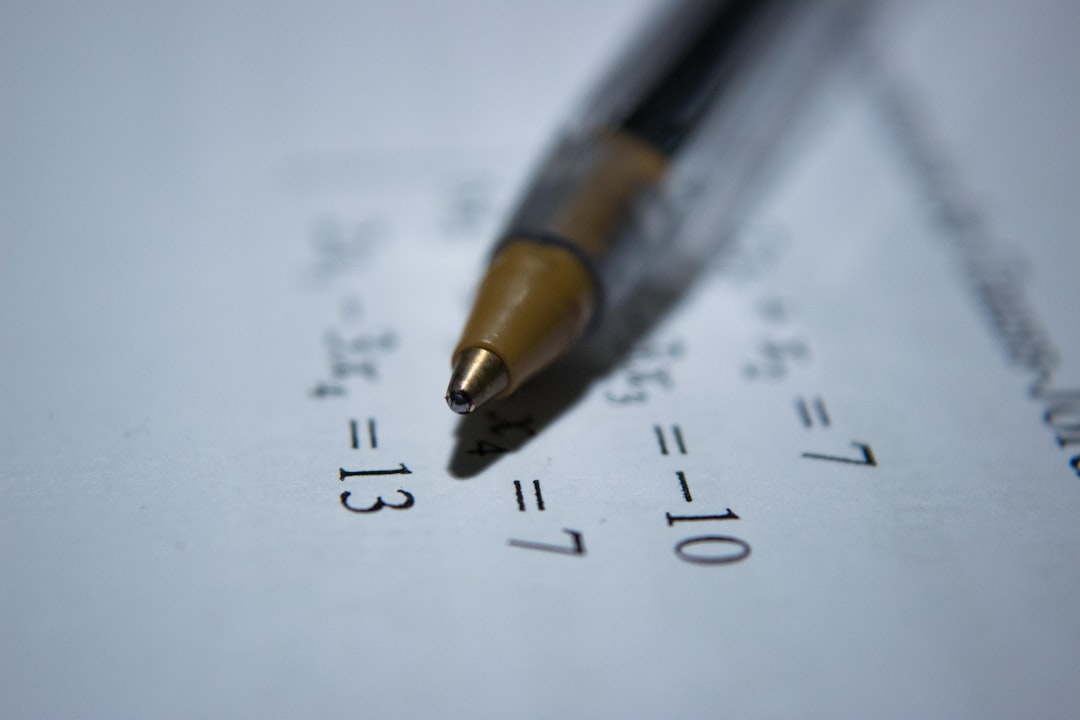
In 2024, the average fourth-grade math score was 2 points higher compared to 2022, with thirty-nine percent of fourth-grade students performing at or above the NAEP Proficient level on the mathematics assessment. This small uptick offers hope in an otherwise dark landscape. However, eighth grade tells a different story entirely. The average math score in 8th grade is flat in 2024 compared to 2022, with no state or district making gains in 8th grade math in 2024. A little more than a quarter of 8th graders nationwide are performing at or above the NAEP Proficient level in math, while nearly 40 percent of 8th graders are working below NAEP Basic. The progress in elementary math gives educators something to build on, but the middle school math crisis demands immediate attention.
Federal Education Department Faces Uncertain Future

The Education Department is the main conduit for federal aid to public K-12 schools and a major lender to college students, providing grants to help local public K-12 schools educate disadvantaged and disabled students, assisting low- and middle-income college students, and serving as the largest source of loans for college students. As of last September, 4,209 people worked there, employing almost exactly as many people in September 2024 as it did 15 years earlier (4,218 in 2009). The department distributed billions during the pandemic: In fiscal 2024, the department provided $55 billion in COVID-19 grants to pre-K programs, elementary and secondary schools, and since fiscal 2020, it has granted $186 billion in such aid. Yet questions remain about its future role as political debates intensify about federal involvement in education.
Special Education and High-Need Areas Face Severe Shortages

Some subjects are in crisis mode when it comes to finding qualified teachers. 86% of public schools struggle to hire educators, with the shortage particularly acute in STEM fields and foreign languages. Special education represents perhaps the most critical shortage area across the country. The problem is most pronounced in special education where teacher recruitment and retention are particularly challenging, though some states like North Dakota have launched paraprofessional-to-teacher-pipeline programs focused on special education. These shortages aren’t just statistics – they mean kids with disabilities and learning differences aren’t getting the specialized help they desperately need. When schools can’t find qualified special education teachers, they’re forced to use substitutes or overload existing teachers, neither of which serves students well.
State-by-State Variations Tell Different Stories
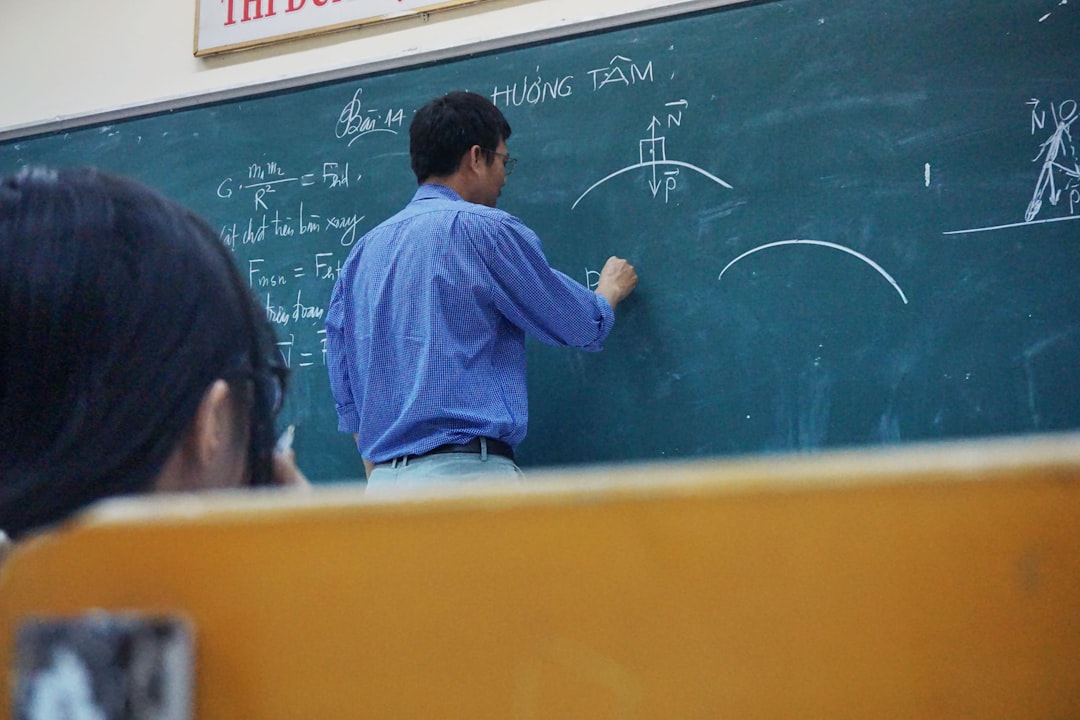
Not all states are struggling equally, creating a patchwork of educational opportunity across America. Louisiana and Alabama show signs of hope, with Louisiana’s success attributed to heavily focusing on the science of reading for several years. Meanwhile, other states are drowning in challenges. Florida faces over 5,000 teacher vacancies – the highest demand in the nation – with core issues including low pay, long hours, and political interference in education. Despite this, West Virginia actually has more vacancies per student with 59 vacancies per 10,000 students compared to Florida’s nearly 19. Iowa seems to be handling their teacher shortage better, with 98% of teacher vacancies filled, coinciding with approval of a 3% pay increase for 2024. These differences show that state policies and priorities matter enormously.
Student Absenteeism Compounds Learning Problems
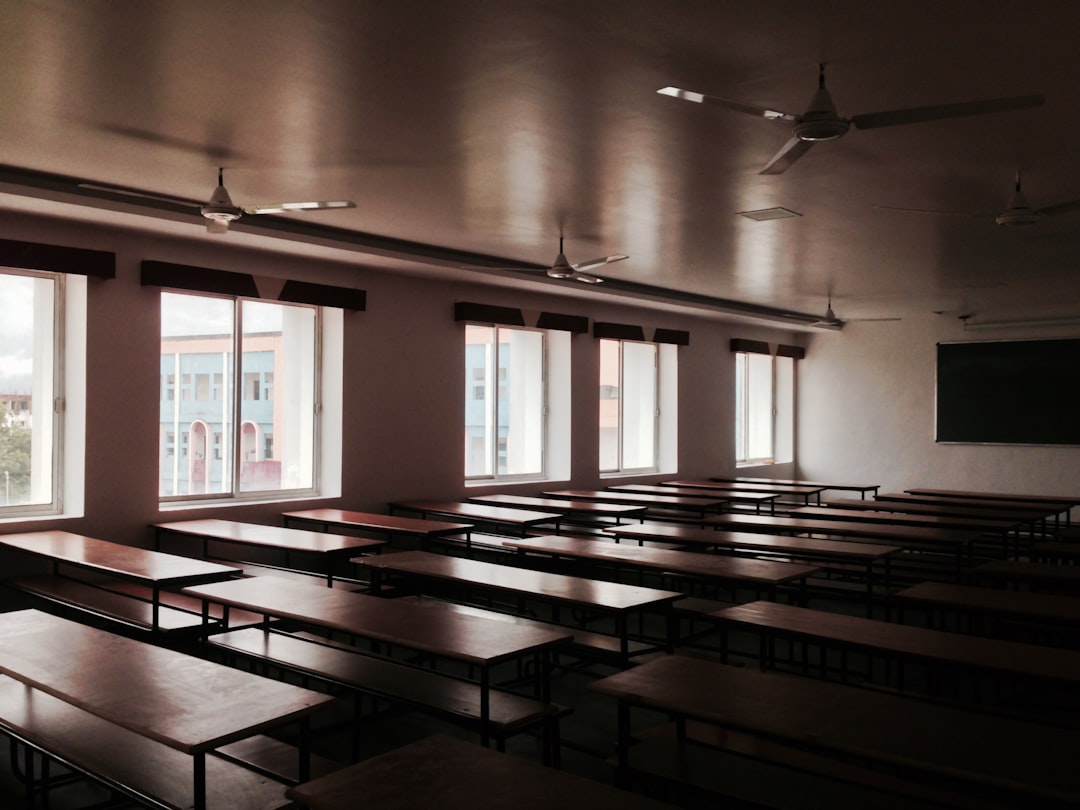
Here’s a factor that often gets overlooked but is crucial to understanding educational challenges: kids simply aren’t showing up to school enough. There’s a strong relationship between student absenteeism and NAEP performance, as students who are lower performers are more likely to be absent, and their scores are the lowest. If students aren’t in school, they can’t learn. This creates a vicious cycle – struggling students miss more school, fall further behind, get frustrated, and miss even more school. The pandemic normalized absence in ways that educators are still grappling with. Chronic absenteeism has become a stubborn problem that requires creative solutions, from transportation help to addressing underlying family issues that keep kids home.
When you look at American education today, you see a system in serious trouble but not without hope. We’re spending more money than ever, yet test scores keep falling. Teachers are leaving faster than we can replace them, creating chaos in classrooms. The kids who need help most are being left behind at historic rates. But scattered throughout this grim picture are bright spots – states that have found ways to improve reading, districts that have solved their teacher shortages, and communities that refuse to give up on their students. The question isn’t whether American education can be fixed, but whether we have the will to make the hard choices necessary to fix it.




